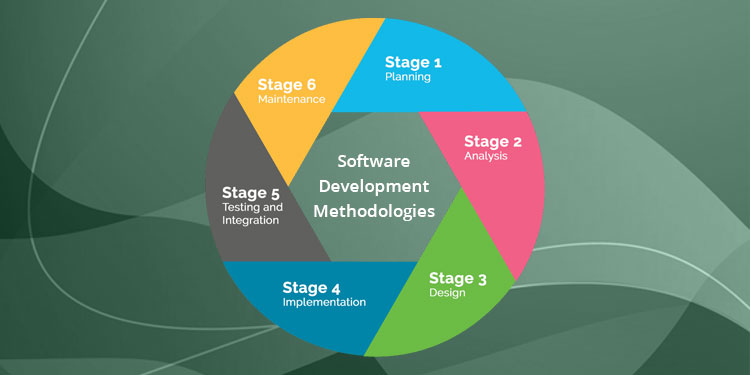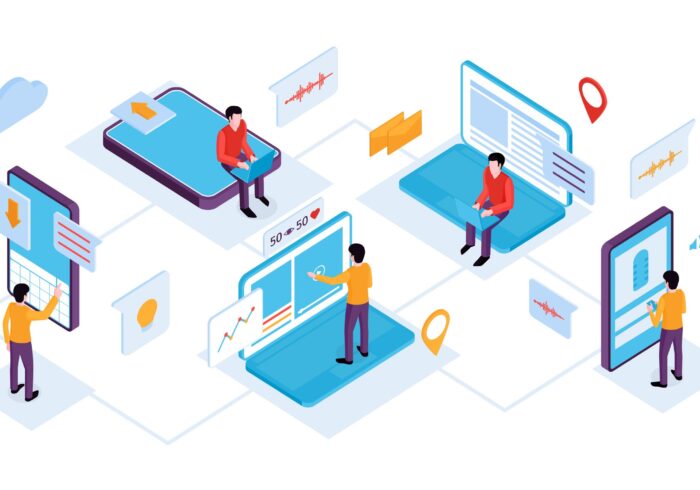Application development is no longer a new thing, but the landscape is rather a challenging one. With shorter release times, increasing feature requirements, and growing pressure on the development teams, application development is exciting and not for the faint-hearted.
So, what is the application development life cycle? Mobile app development companies need to understand all the stages involved, at least theoretically, so they can set the right expectations for their teams. It also helps them prepare for discussions around their business and know why each stage is critical.
Here are the key stages in the application development life cycle:
Initiating the Project
The first stage in mobile application development is to come up with an idea for the project. This is the discovery phase, which aims to answer questions regarding business needs, business objectives, and the project’s overall vision. If it’s a viable concept, the development team researches the requirements and specifications and agrees on any improvements.
During the discovery phase, the development team translates human language into a technical documentary. If done well, this stage involves research into competitors, technical requirements, mapping the features, and setting costs and deadlines.
Design Stage
At the design stage, the digital product takes shape. The developer works to make the application gain a unique look and feel so it can stand out. This stage involves sketching, wireframe, and prototyping.
Sketching involves just preparing the concept of the app. A special paper is used for this purpose, which allows the developer to transfer the paper draft into a digital format. Wireframe involves transferring the project onto a tablet and making a black and white model on both screens. While they may look like a complete design, they still lack the actual content and color scheme.
The last stage of design is prototyping, where a prototype is a clickable model of an application that resembles the actual app. However, it doesn’t function because the backend still depends on the future. The design stage doesn’t require any programming knowledge, and any person with basic development skills can make the prototype using a mockup constructor.
Development Stage
Once the design is ready, the product proceeds to the development stage, turning it into a complete, functional item. This stage requires programming knowledge to code all the important features. The development process takes place in the front and backend parts.
The front-end is the user side. It’s the face of the program that users interact with. A front-end developer ensures that users get a flawless, user-friendly experience. On the other hand, the backend is the hard, functional part of the program, which controls the entire system. It checks all the operations, calculations, and reliability of the application.
Quality Assurance Stage
This stage involves auto and manual tests on the app to determine its quality. While some developers skip this stage, ensuring the product is free of flaws is necessary. It’s also easier to fix problems before releasing the product than after the product is launched.
Deployment Stage
This is the last phase of the application development life cycle. It involves publishing the application to the store or offering it to the client to use in their business if it’s a web application.
After publishing the app, the developers should continue maintaining and polishing it to improve its quality. This stage may include adding some advanced features obtained from the project backlog.
Each company may choose how to do app development depending on the organization, productivity practices, and size. All the same, the basic stages involve discovery, design, development, release, and maintenance. To learn more about the app development life cycle, visit Integritas Solutions
https://magora-systems.com/application-development-life-cycle/
https://inoxoft.com/stages-of-app-development/



